Accordingly, the ancestor of spiders, the species Mollisonia symmetrica, was determined to have existed about 500 million years ago and, notably, they were marine creatures, not terrestrial as previously hypothesized.
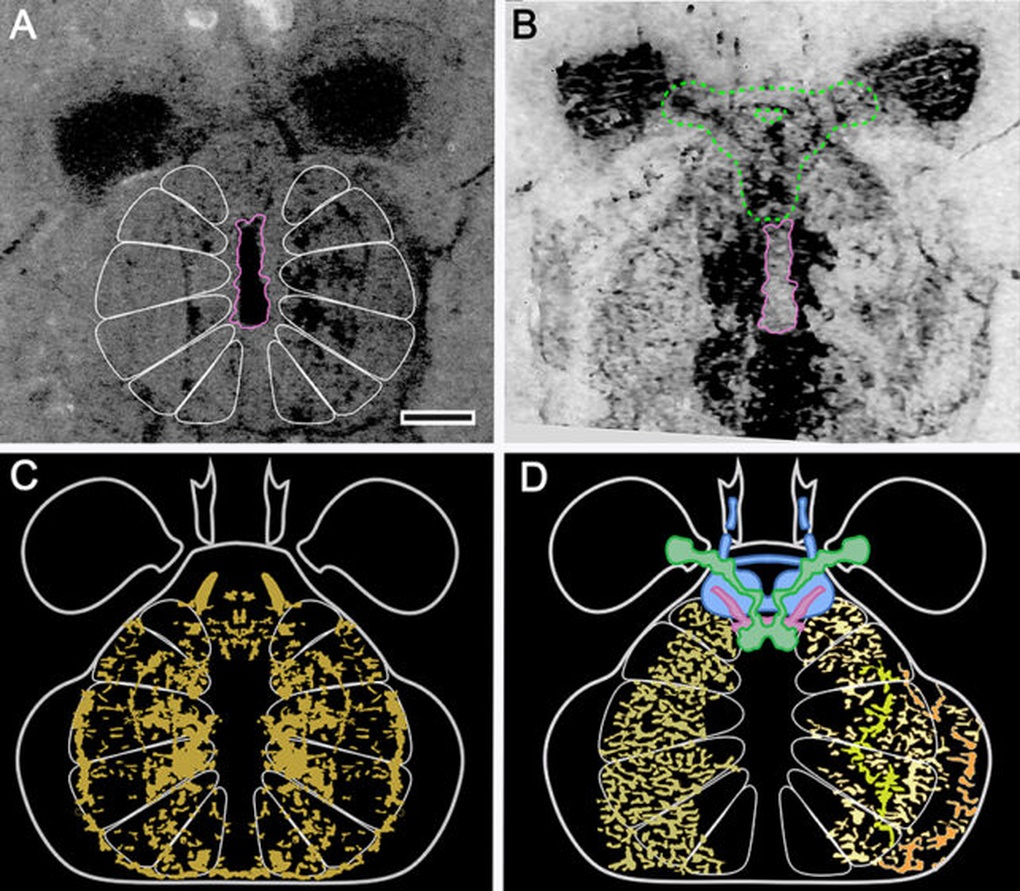
Mollisonia fossils reveal striking anatomical features (Photo: Science Alert).
The study, conducted by scientists from the University of Arizona, Lycoming College (USA) and King's College London (UK), used modern optical microscopy techniques to capture images of the central nervous system of Mollisonia fossils.
The results showed that the creature's neural structure had striking similarities to the brains of modern spiders.
Professor Nicholas Strausfeld, an evolutionary neuroscientist at the University of Arizona, emphasized: "The spider brain has a very special structure, unlike any other species on Earth."
The key, he explains, lies in the arrangement of nerve centers radiating from a central segment, which sets them apart from crabs, as well as other crustaceans and insects.
In addition, the Mollisonia fossils also show that the species' nervous system controlled pincer-like limbs and mouthparts, which are quite similar to fangs in modern spiders. This also suggests that Mollisonia may belong to an ancient arachnid group, on the same evolutionary branch as horseshoe crabs and sea spiders.
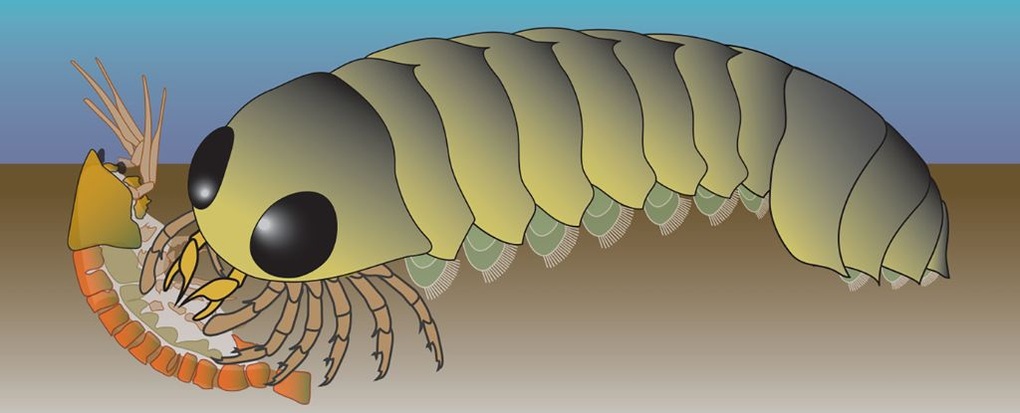
Illustration of the Mollisonia species (Photo: Science Alert).
Previously, the oldest known fossil of a spider was an ancient scorpion that lived 430 million years ago and was already adapted to a terrestrial environment. However, new research suggests that the differentiation and development of spider brain structures may have begun tens of millions of years earlier, when their ancestors were still in the sea.
Scientists also hypothesize that the special brain structure of Mollisonia may have helped the spider's ancestors adapt better when moving from water to land.
Accordingly, short nerve connections between the brain and limbs can help organisms control movements more flexibly, supporting behaviors such as moving, hunting, or later, spinning webs.
Professor Strausfeld said: "It is possible that the first spiders living on land preyed on insects and centipedes, which in turn prompted insects to evolve the ability to fly to avoid being hunted. In turn, spiders evolved the ability to spin webs to catch prey from the air."
The journey from the bottom of the ocean to the top of the tree over hundreds of millions of years shows that spiders are one of the most adaptable and evolutionary groups of creatures in the invertebrate kingdom.
Source: https://dantri.com.vn/khoa-hoc/hoa-thach-500-trieu-nam-tuoi-he-lo-nguon-goc-bat-ngo-cua-loai-nhen-20250723090044142.htm







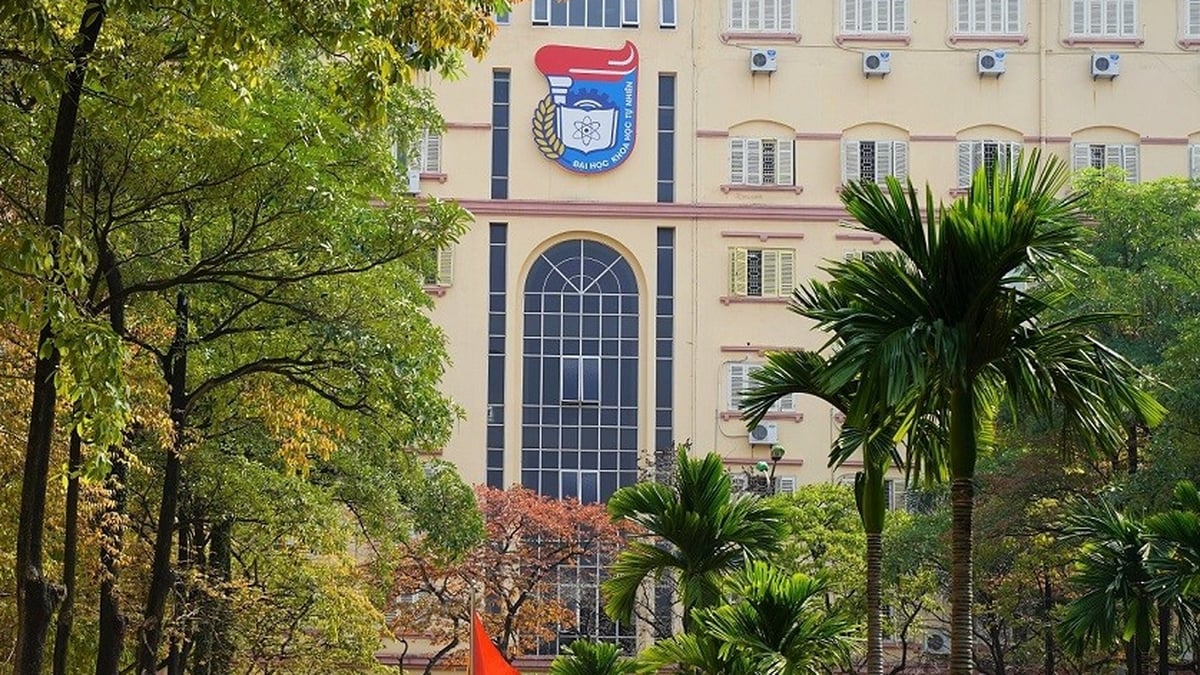






























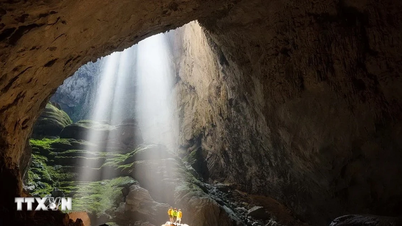
































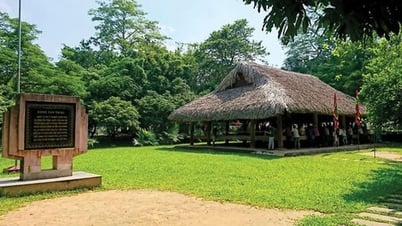













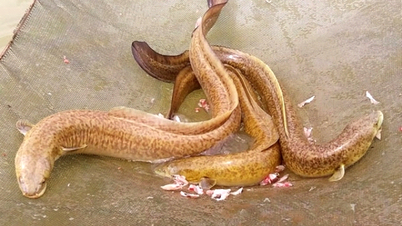












Comment (0)